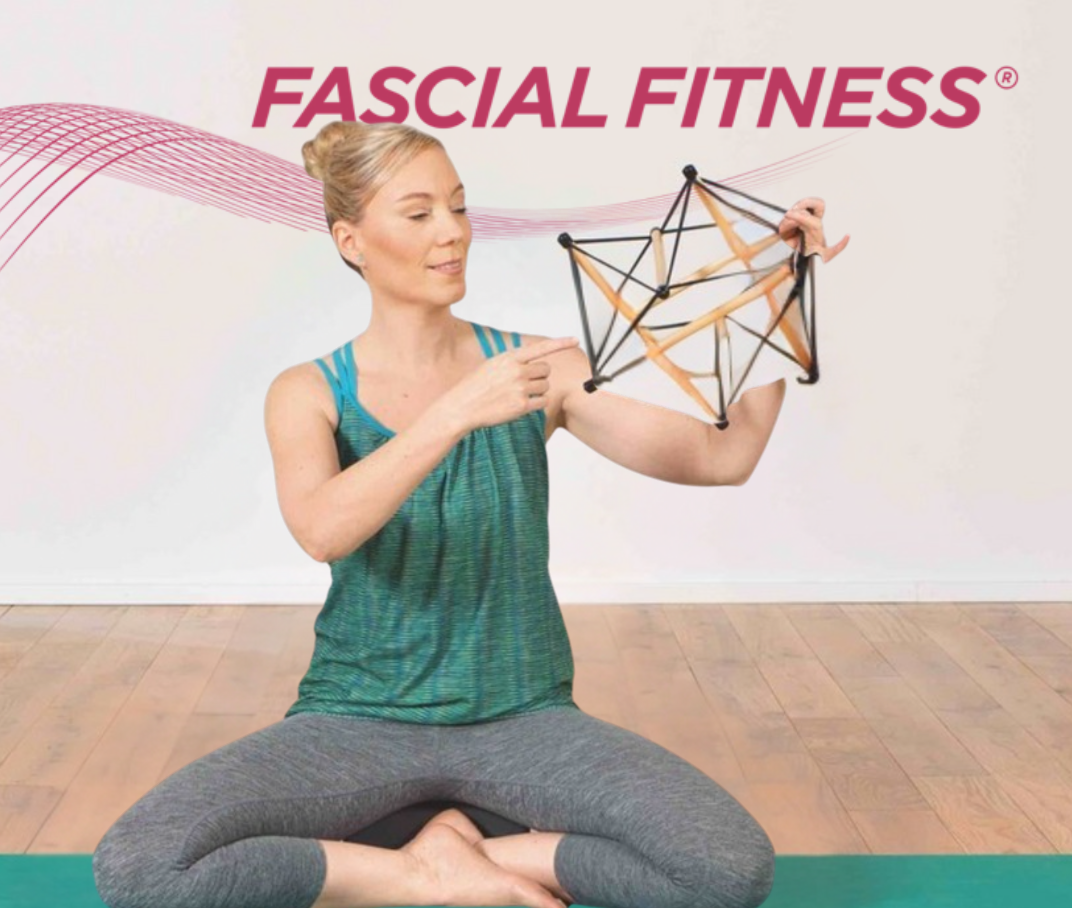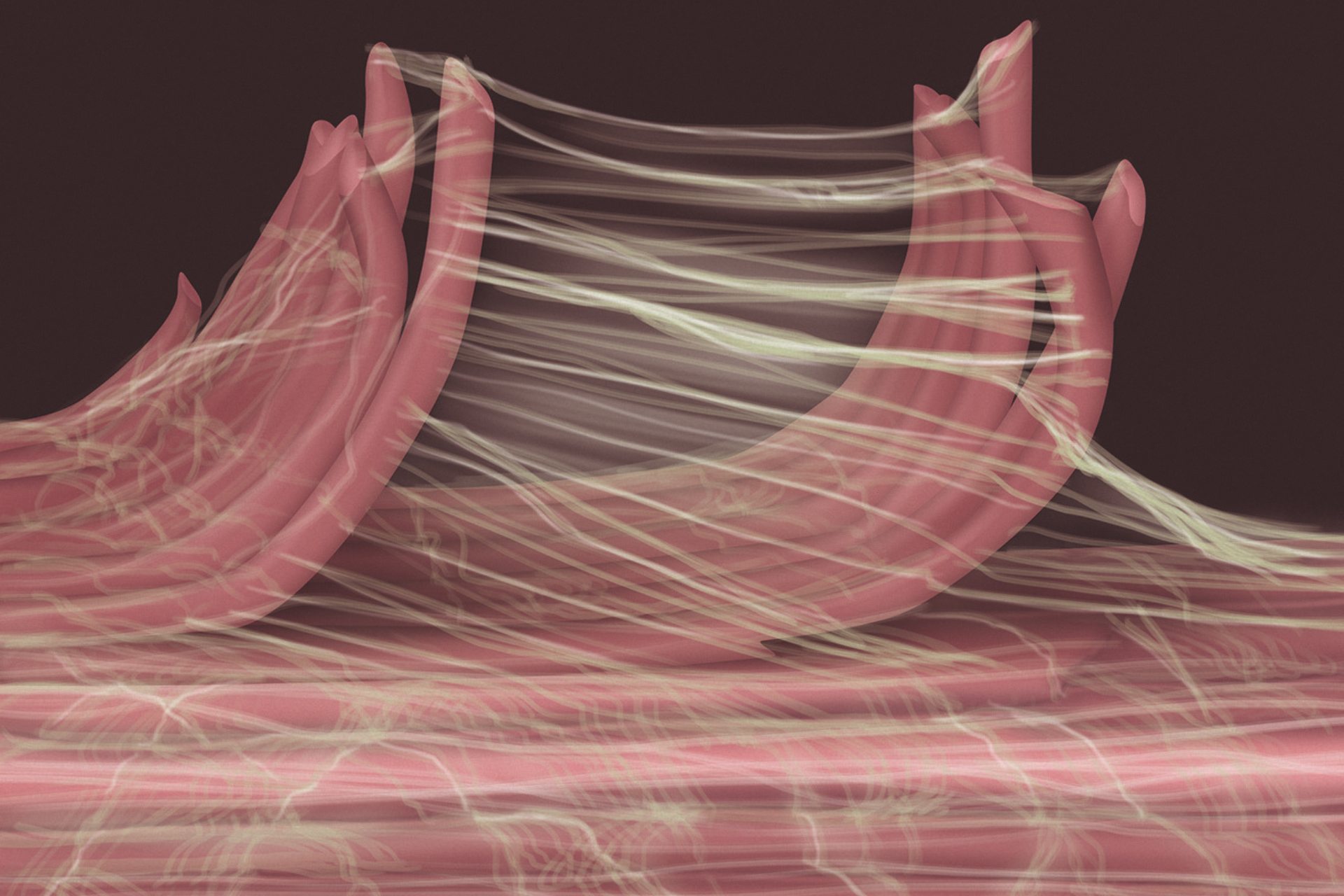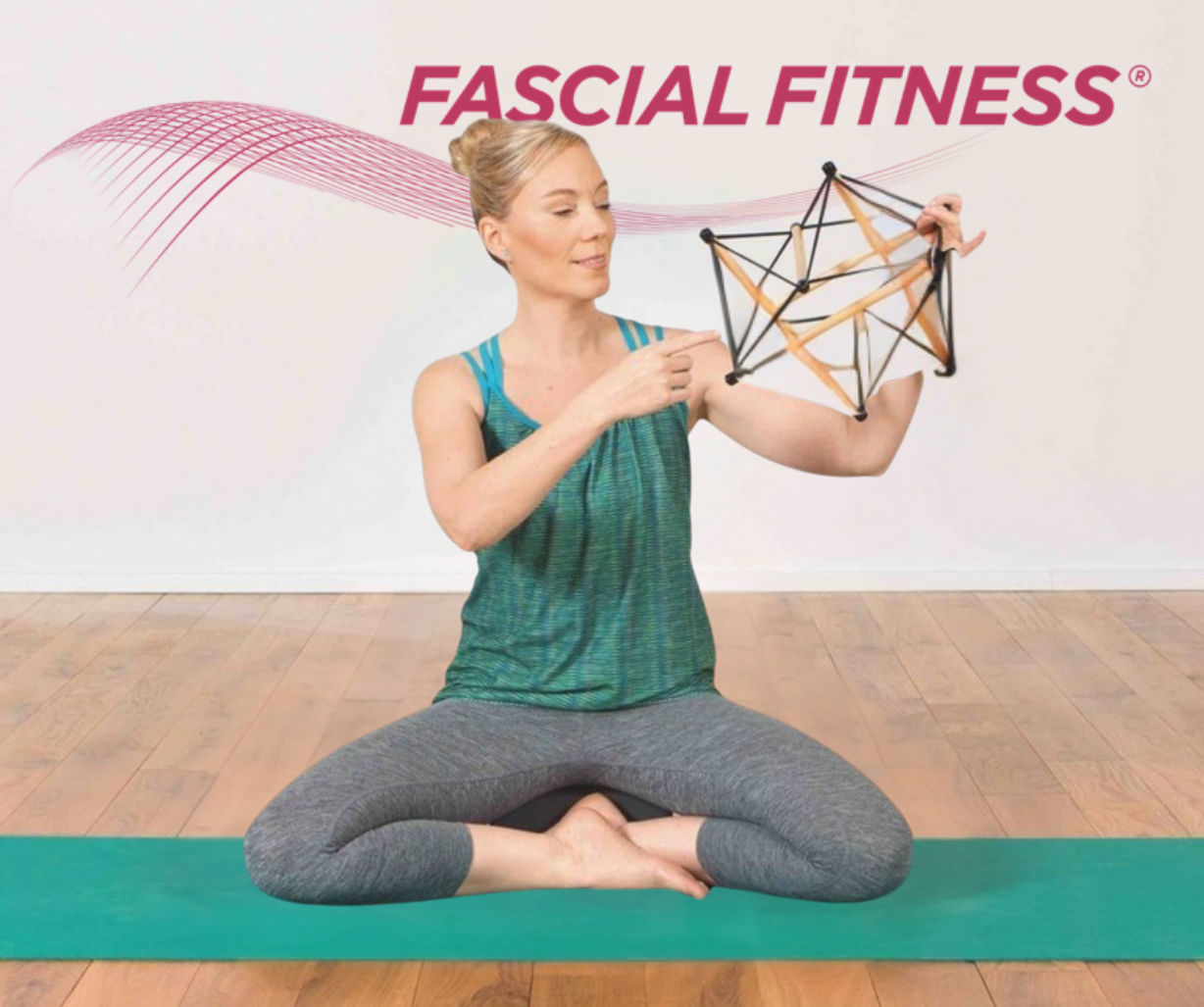If you’ve ever carved a roast or trimmed meat in the kitchen, you’ve probably seen fascia, the silvery-white stuff you usually cut off and toss. But don’t be fooled by how unassuming it looks. Fascia is more than a passive wrapping; it’s an active, dynamic tissue system that plays a starring role in movement, stability, and sensory perception.
Dr. Robert Schleip’s first chapter in Fascial Fitness opens the curtain on this previously neglected structure, giving fascia the attention it deserves. If you’re already in the performance, rehab, or movement world, you’ve likely felt this shift too — fascia isn’t just trendy; it’s foundational.
Fascia: Not Just Packing Material
Let’s get one thing out of the way… fascia isn’t one thing. It’s a spectrum of connective tissue types, from loose, hydrated webs around your organs to dense sheets that wrap muscles, tendons, ligaments, and bones. All of these are made from the same core ingredients: collagen, elastin, and ground substance. Think of collagen as scaffolding, elastin as the stretch, and the ground substance as the juicy medium where everything floats and functions.
What’s new (and exciting) is how fascia is now seen as a sensory organ, not just a passive support system. Fascia is loaded with nerve endings and receptors that help you feel movement, pain, tension, and even your internal sense of posture. This helps explain why tight fascia can make you feel older than you are, and why targeted release work can make you feel like you just dropped 10 years off your body.
Structure = Function = Everything
Schleip makes a compelling case: fascia is functionally inseparable from your muscles, but it’s also uniquely adaptable in ways muscles aren’t. It remodels based on stress and strain, has a slow regeneration cycle (collagen turnover takes 7–14 months), and plays a big role in pain perception — especially chronic, diffuse types like low back pain or frozen shoulder.
The different types of connective tissue vary by density and function. Loose, water-rich fascia cushions organs and allows glide. Dense, fibrous fascia (like tendons and joint capsules) transmits force and maintains structural tension. Elastic fascia, with more elastin, stretches and rebounds like a bungee cord — think of lungs, arteries, or the deep line of a dancer’s leap.
In the past, the surgical world sliced right through this tissue with no second thought. Thankfully, that’s changing. The rise of fascial research, especially since the early 2000s, has shown that what we used to cut away is actually vital to how we move, feel, and heal.
Fascia as a Communication Network
Fascia doesn’t just support… it communicates. Schleip details how fascia acts as a fluid information highway, with sensory nerve endings embedded deep within the matrix. This may explain why foam rolling or manual therapy can create global shifts in perception, posture, and performance. Fascia can stiffen under stress (both mechanical and emotional), and it can reorganize based on how we move, hydrate, and even how we sleep.
Fascia also plays a huge role in cellular metabolism and immune function. It’s rich in mast cells, lymphatics, and a gel-like substance known as hyaluronan (yes, the same stuff found in high-end skincare products), which keeps tissues lubricated and supple. When the matrix dries out, whether from aging, overuse, or sedentary habits, things start to get cranky.
The Grapefruit Analogy
One of the most helpful metaphors comes from Thomas Myers (who Schleip references): picture a grapefruit. The juicy pulp is like muscle; the white pithy netting is fascia. If you took out all the pulp and kept only the white connective stuff, you’d still have the structure of the fruit. Our bodies work the same way. You could remove the bones and muscles, and the fascial system would still give you a 3D map of the person.
This image underscores the idea that fascia isn’t just an accessory — it’s the architecture of you.
So, What’s the Takeaway?
If you’ve been treating fascia as an afterthought, it’s time for a reframe. It’s not just connective tissue. It’s connective intelligence. It shapes your posture, directs your energy, cushions your joints, and tunes your nervous system. It remembers past injuries and adapts to how you train — or don’t.
As Schleip puts it, fascia has finally taken its place in the spotlight. Whether you’re a coach, therapist, or just someone trying to move and feel better, training and caring for your fascia isn’t a niche concept — it’s essential.
And the best part? We’re only just getting started.

Unlock your full potential as a movement professional
Become a Certified Fascial Fitness Trainer
Join our 10-week virtual mentorship program, featuring live calls with fascia research pioneers—including Dr. Robert Schleip himself. Deepen your understanding of fascia-focused training, gain exclusive insights from leading experts, and get hands-on guidance to confidently integrate this cutting-edge approach into your practice.


